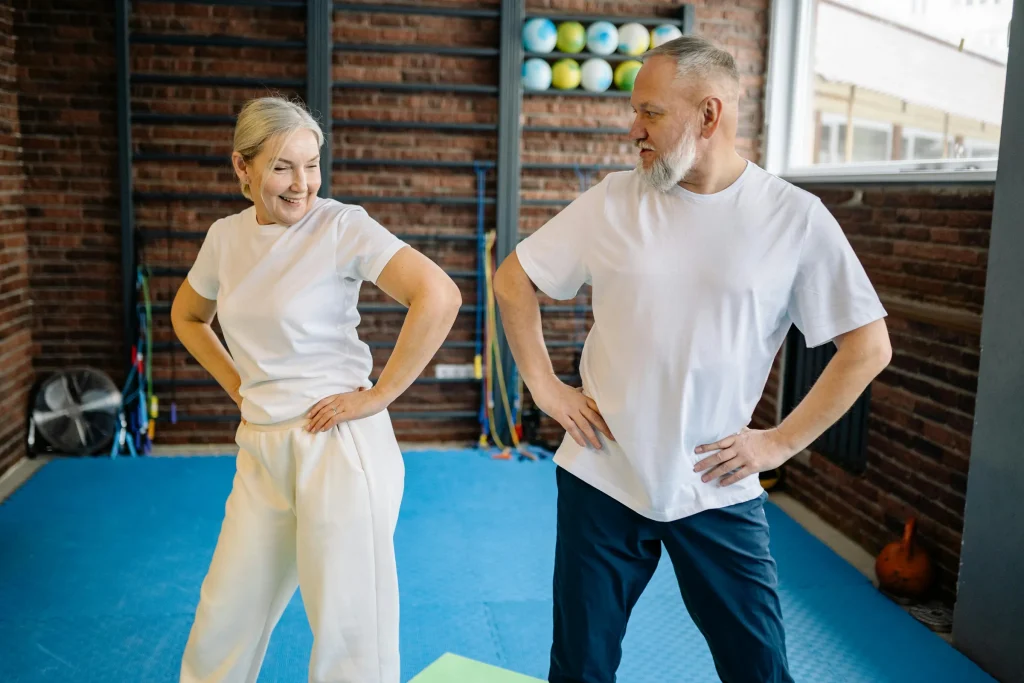For years, health experts have preached the perks of taking the stairs instead of the elevator and parking farther away from the grocery store.
Now, researchers have calculated new numbers showing even short bouts of physical activity can dramatically improve health.
If every U.S. adult ages 40 to 85 increased their amount of exercise by just 10 minutes per day, the number of deaths would decrease by 6.9%. That’s more than 110,000 lives saved each year.
A little goes a long way
How, exactly, can such a small amount of exercise make a difference? Those 10 minutes of motion can pay off nearly instantly. Not long after a moderate-to-vigorous bout of physical activity, you’ll find:
- Your anxiety decreases
- Your sleep improves
- Your blood pressure drops
And over time, each active moment adds up. Long-term benefits of regular physical activity include:
- Reduced risk for heart disease, stroke, and type 2 diabetes
- Prevention of many types of cancer
- Stronger bones and muscles
- Improved coordination and balance, reducing your risk of falling
- Warding off weight gain
All these factors contribute to the life-extending benefits of movement.
Find movement you enjoy
Which type of exercise is best? Any kind that gets your heart pumping—and that you’ll stick to.
Just make sure it’s at least of a moderate intensity. This means you are breathing harder and couldn’t sing, though you could still speak.
Traditional workouts such as walking, running, and cycling are always options. But also consider:
- Doing yard work, such as raking, bagging up leaves, and pushing a lawn mower.
- Turning on some tunes and dancing. Try learning the bachata, cha-cha slide, or tango.
- Having fun while you sweat. Play a new sport, such as pickleball, with friends. Or go back to your childhood for inspiration and jump rope or hopscotch.
Online Medical Reviewer: Ray Turley, MSN, BSN








